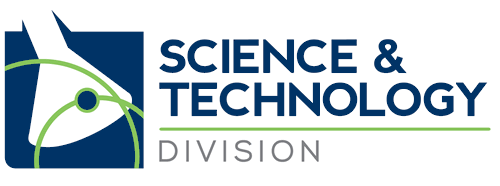How interesting that Steve Marzuola’s September, 22, 2010 post to the SciTech list would refer to Aristotle and rhetoric in relation to PhD programs in Technical writing. Our next article to be posted to the ATA SciTech blog also refers to philosophy. We technical translators are privileged to be possessed of two minds or perspectives, technical and linguistic. From reading Blaise Pascal, I came away with an impression of these two minds as being géometrique and romantique. In Zen and the Art of Motorcycle Maintenance the perspectives are named Classical and Romantic.
It is fairly unusual in the U.S. to possess linguistic skills in two or more languages. It is also prized to be technically adept. These two strengths are often characterized as polar opposites or as mutually exclusive. I’m excited to participate in the new SciTech division because here is where our unusual, yet like, minds meet.
I have my own take on the concept of two minds. I think those of us who approach things first and foremost from a technical perspective, we feel physics; we think in pictures. As opposed to a poet friend of mine, who has a master’s degree and is romantique to the extreme; she thinks in words. More than once she has told me she just didn’t get physics. One day at the beach I saw what she meant as she tried (repeatedly!) to unfurl her towel at the beach while facing into the wind. Shocked speechless, I gently grasped her shoulders and turned her to stand with her back to the wind. Having regained my tongue, I said “Try now.” The beach towel unfurled crisply. With off-handed thanks, my friend Ann began to settle various objects onto her towel. Despite being physics-challenged, Ann is a cherished proofreader. Perhaps there is hope for her yet.
In response to the Gary Smith’s article “Translation and the Art of Motorcycle Maintenance”, I personally have no issues with identifying adjectives. However, when the linguists at the ATA conference start talking postpositional or nominative it makes me sweat.
Besides feeling physics, we of the technical persuasion may crunch numbers, enjoy a good logical challenge and investigate phenomena. Being translators though, by default, we must work in the romantic region of language.
When a translator doesn’t have a good feel for the technical, the translation is a bit disoriented. A translator who does not benefit from possessing both the technical and romantic perspectives might render a Picasoesque phrase such as “the rate of work of the floor” when to an esprit géométrique it is obviously a “soil modulus”. It has been said, “Nothing is obvious to the uninitiated.” Gary Smith’s article encourages the uninitiated to delve into the technical and become familiar with technical subjects.
Words and grammar compose the verbal erector set we use. As translators and technical writers we will encourage and accompany each other as we work to advance skills for technical writing and technical translation.
A few words about our SciTech Division and Blog:
When I stop to think about it, I find the advances in communication technology mindboggling. I remember getting goose bumps when a drawing from the design office in California was printing out at my nuclear power plant in New Jersey. With technology such as the Internet, webcams and online conferencing, we are living parts of Star Trek here and now. Hearken back to my days as an engineer in an office full of engineers (slaving for ‘the man’) in the days before email and the Internet (I date myself). When someone had a question, he would stand up and broadcast the question over the tops of our cubicles. Anyone within earshot could pop up and provide an answer or guidance. I see the SciTech Division as sort of a Cosmic Cubicle where we may not have the physical proximity, but through technology we share the same communal immediacy.
In this spirit I’m broadcasting a call for articles. Hey, guys! (In the greater Philadelphia area “guys” may be used to address a group of people regardless of gender.) Please let me know if you are interested in reviewing the SciTech Division presentations at the ATA National Conference. The reviews will be posted on this blog. Contact me at sds@strobelengineering.com to tell me which session you would like to review.
Other articles would be very welcome and can be sent to me at sds@strobelengineering.com.
Stephanie Delozier Strobel, ATA SciTech Division Blog Editor

